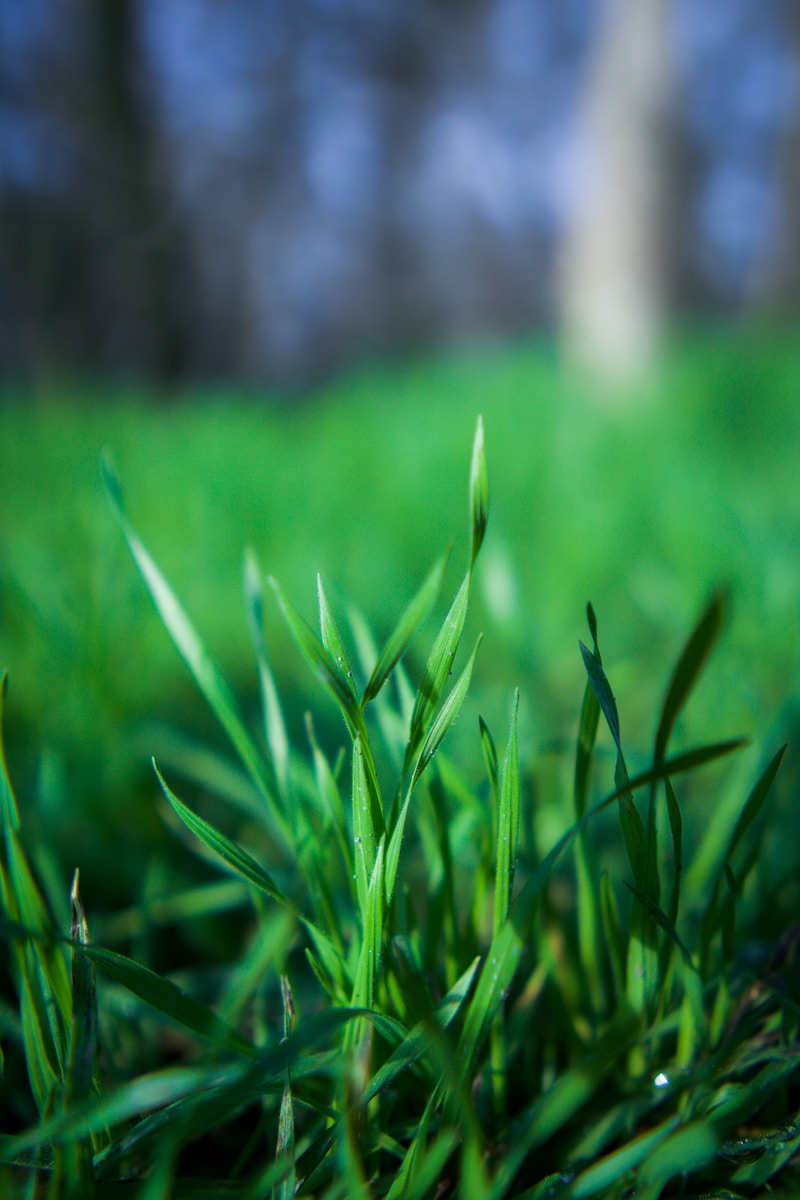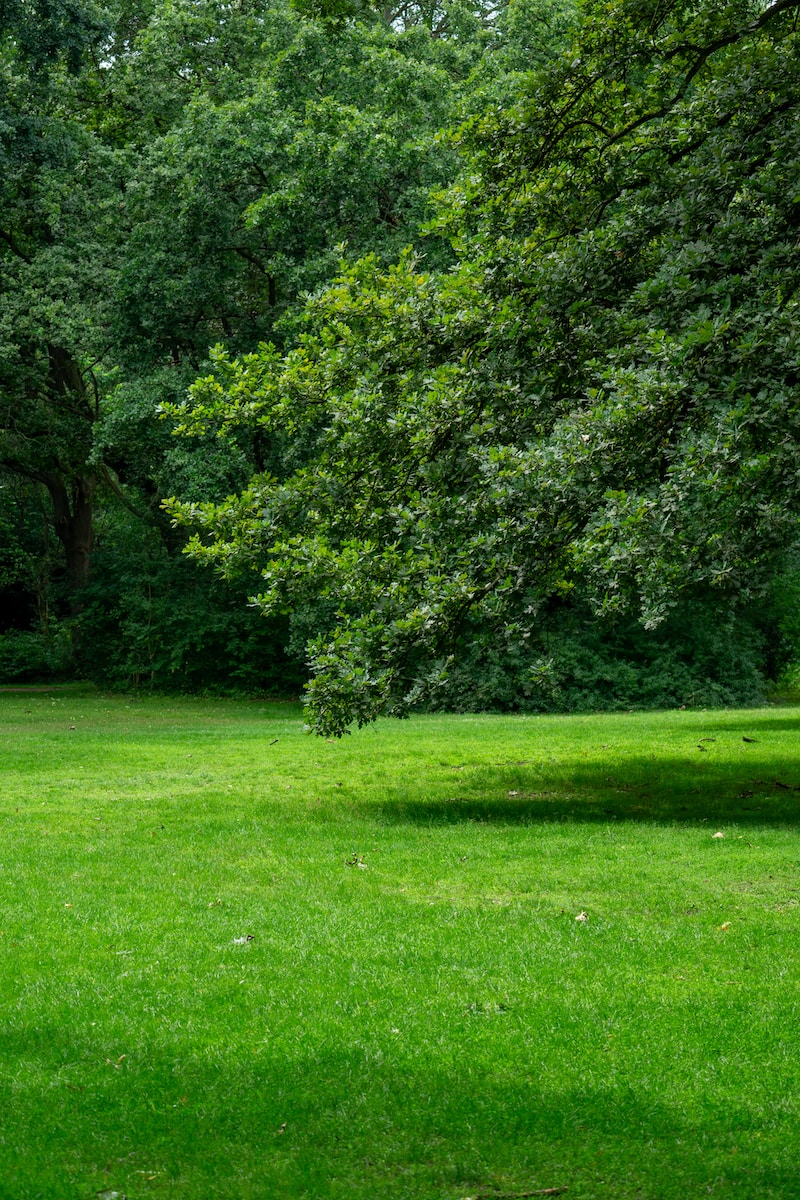No matter where you live, rain can turn your yard into a problem of mud and water puddles that won’t dry. Wet yards happen for some reasons but usually stem from poor soil and drainage systems. To dry out the water from the lawn:
- Check the yard to find the natural source of the problem.
- Individual patches of moisture dry your yard for the small one by leveling the soil and possibly planting water-resistant plants.
- If you face a large-scale issue, look into getting a drainage system, something like a French drain or dry well.
With proper treatment, you won’t need to worry about water runoff causing damage to your home. Ponding occurs when a damp, muddy lawn holds on to too much water, resulting in substantial soggy pools. This could be due to poor soil quality or the fact that the flooded areas are in low-lying areas of your yard. Draining surplus water before it settles into low spots or regions of heavy soil is the most straightforward approach to ponding. Rainwater can make parts of a yard mushy, either because the soil doesn’t drain well or because a low region fills quickly with no way for the liquid to escape. If your yard becomes mushy or muddy after a rain or, even worse, every time you use a sprinkler, solve the problem by adding drainage materials and repairing low spots.
1. After a storm, look around your yard to see where the water collects– Observe how the water in your yard travels throughout the storm. Then, after a long day of rain, go for a walk around your yard. Look for mud and lingering puddles that take more than a day to dry out. Determine whether the issue occurs in small, isolated regions or one broad area. Water is supposed to flow downhill and into a drainage outlet, away from your house. The slope of the yard may be to blame if you notice standing puddles or water pouring back toward your home. Filling in individual locations, enriching the soil, or growing absorbent plants are considerably easier to treat.
2. Look for leaks or other sources of moisture accumulation- Examine your roof’s downspout as well as any surrounding utility pipes. Small patches of dampness can be caused by leaking pipes, especially near buildings. Another option is to have a natural spring that allows water to rise to the surface. Whether you suspect a leak, switch off your home’s water supply and check to see if your water bill continues to increase. Test the water for chlorine level in the water and other treatment chemicals if you have a leaky municipal pipe outside your home. In steep places with clay soil, springs are standard. Consider preserving one if you have one. You might also use a French pipe, or another means to drain it.
3. Examine the soil to see if it can absorb enough water– Water is absorbed by clay soil, resulting in puddles. Fill a mason jar with mud from the issue location to conduct a test. Wait for the components to separate after filling the pot with water. The bottom layer is sand, followed by a layer of silt, and finally clay. After 1 minute, mark the sand level, then after 2 hours, note the silt level. After the water in the jar has cleared, keep the clay level to begin measuring the quantity of each component in the soil. Digging a hole up to 1 ft (0.30 m) deep and 4 in (10 cm) diameter is another approach to measure absorption. To check how rapidly it drains, fill it with water.
4. Check to determine if the soil can absorb water by aerating it– Compaction is a prevalent concern in regions where there is a lot of clay or a lot of foot traffic. If your lawn isn’t retaining water and your plants are browning or thinning, invest in a core aerator or a gardening fork. Use one tool to poke 3 in (7.6 cm) holes in the ground while the earth is still moist, spacing them about 3 in (7.6 cm) apart. Allow your yard to breathe while you search for other causes of the water problem.
Aerators can be rented from most of the home improvement stores. For example, a machine that removes a lump of soil is known as an aerator. The air that enters the openings loosens the ground, allowing it to absorb more water.
5. Consult a contractor if you suspect that your yard is over water or bedrock– If you know your home is in a region with a lot of bedrock or high groundwater, you won’t be able to fix the issue without assistance. First, call up the nearest extension office or your local government’s conservation department. Let them have a look up at a regional survey map or come out to test the soil. Then, wait for them to give you the advice or refer you to a qualified contractor. Another common problem in some parts of the world is the marshland. You may not be able to drain marsh without government clearance first. It can also be tough to drain completely. Usually, you need to either build a rain garden or install wells and drains to deal with these issues.
Are Your Septic Tank Causing Wet Spots?
Wet spots on your grass might be caused by a failing septic tank, just like a sewer line. These wet areas are most commonly observed around your septic tank and drain field, though they can also be discovered along the pipe that delivers sewage to your septic tank. We won’t detail the line that transports sewage from your home to the tank because the issues are similar to those discussed previously. Septic tanks, on the other hand, have their own set of problems.
Warning for fixing of Wet Lawn
If water collects near your house, it can erode the foundation, causing severe structural damage over time. You may need to re-grade your yard in extreme circumstances so that water goes away from your house and away from your foundation.



